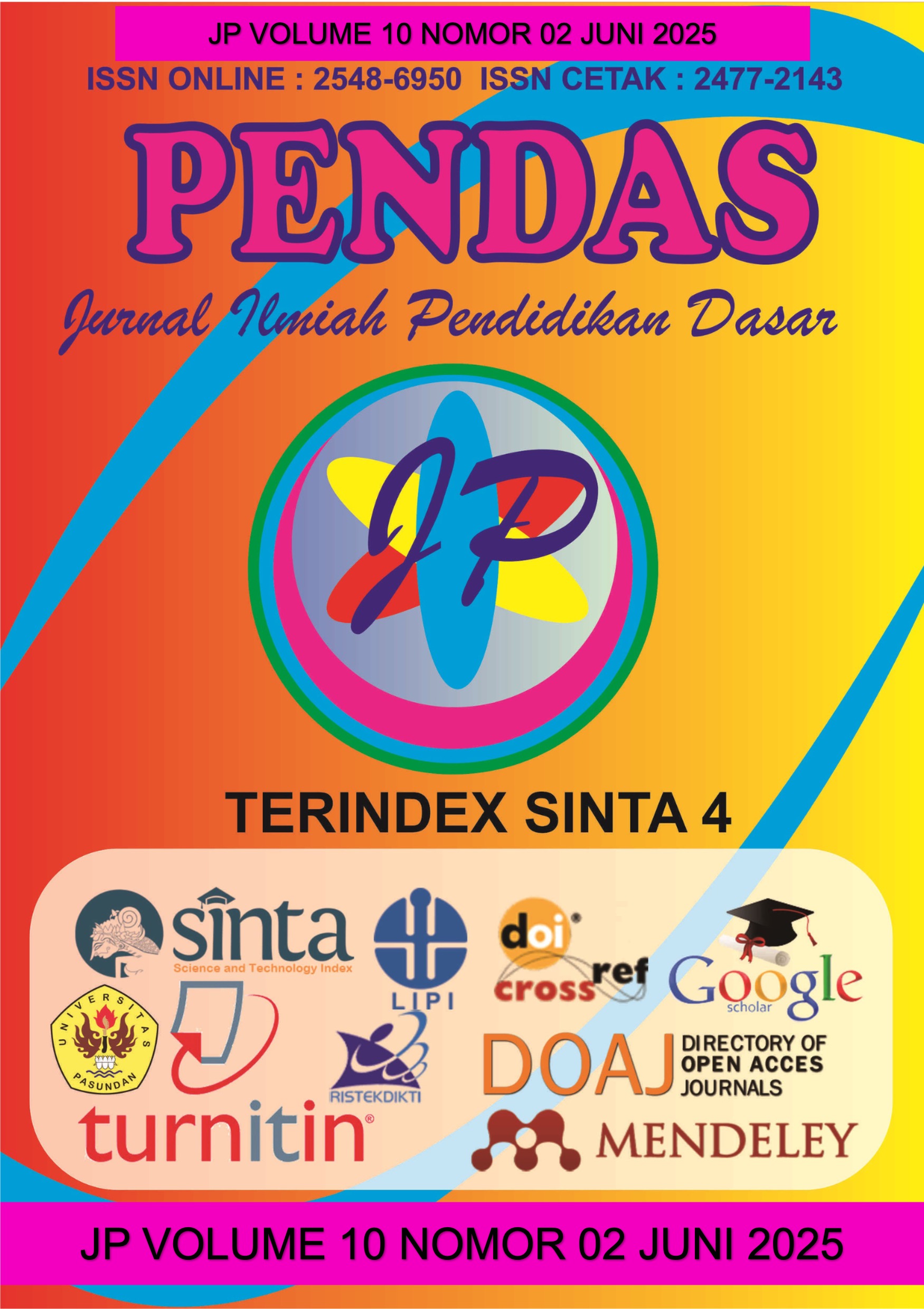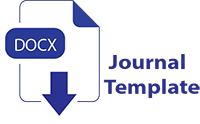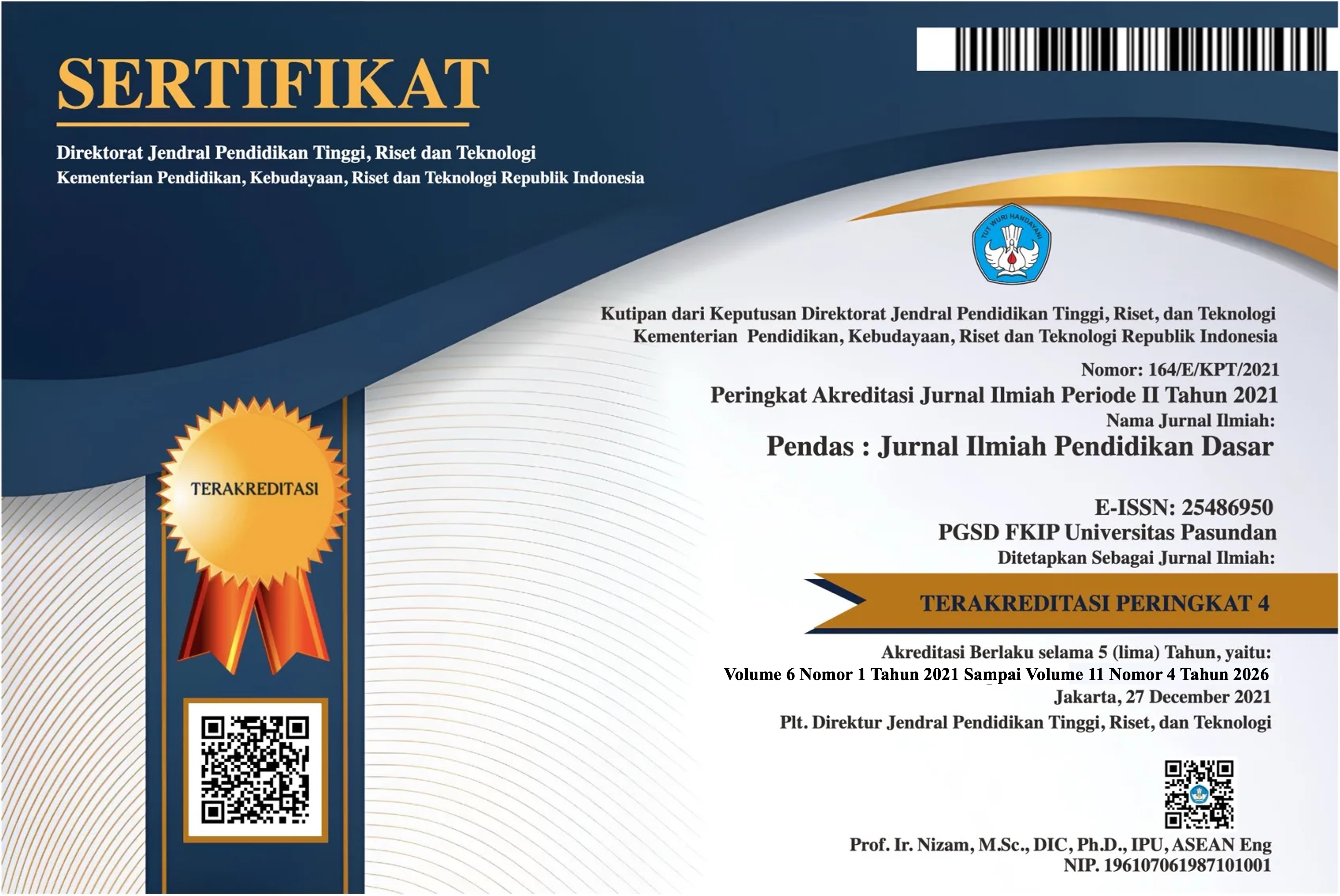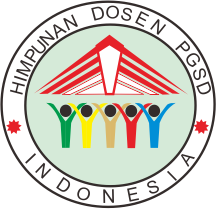ANALISIS PERKEMBANGAN KEBIJAKAN TEKNOLOGI MENDUKUNG PENDIDIKAN DI INDONESIA DAN MALAYSIA
DOI:
https://doi.org/10.23969/jp.v10i02.25519Abstract
This study aims to analyze the development of technology policies that support the education systems in Indonesia and Malaysia. As two Southeast Asian countries actively pursuing educational transformation in the digital era, both face similar challenges such as digital inequality, limited infrastructure, and the need to enhance the digital competence of educators. Employing a literature review method, this research draws upon academic journals, policy documents, government reports, and relevant articles to examine the technological education policies implemented, the challenges encountered, and the positive impacts achieved.Indonesia has introduced the Merdeka Belajar (Freedom to Learn) policy, promoting flexibility in learning through the use of digital technology. In contrast, Malaysia has implemented various initiatives such as the ICT Transformation Plan (Pelan Transformasi ICT KPM), CERDIK, and JENDELA to enhance internet access and strengthen digital infrastructure in education. Both countries have also developed 21st-century competency-based curricula that emphasize digital literacy, creativity, critical thinking, and collaboration.The analysis reveals that the integration of technology in education has led to several positive outcomes, including more effective learning processes, improved educational management efficiency, equitable access to digital education, and enhanced teacher competence. Nevertheless, challenges such as digital divides and infrastructure limitations in rural areas remain significant barriers.This study recommends strengthening cross-sector collaboration, establishing long-term strategic planning, and conducting ongoing evaluations of education technology policies to ensure that digital transformation in education is inclusive, sustainable, and responsive to future demands
Downloads
References
ristiwanti, D., Badariah, B., Hidayat,
S., & Sari, R. D. (2022). Pengertian
Pendidikan. Jurnal Pendidikan dan
Konseling, Vol.4 No.6 Hal. 7913.
Available at:
https://journal.universitaspahlawan.
ac.id/index.php/jpdk/article/view/94
98/7322
Priharsari, D., Abedin, B., Burdon, S.,
UNDANG-UNDANG REPUBLIK
INDONESIA NOMOR 20 TAHUN
2003 TENTANG SISTEM
PENDIDIKAN NASIONAL2003).
https://jdih.kemdikbud.go.id/sjdih/si
perpu/dokumen/salinan/UU_tahun
2003_nomor020.pdf
Vega, A., Maharani, I. V. A., Putri, J.
A., Hartono, M. R. A. M., &
Clegg, S., & Clay, J. (2023).
National digital strategy
development: Guidelines and
lesson learnt from Asia Pacific
Navridya, R. U. (2024).
KESETARAAN AKSES
PENDIDIKAN: ANALISIS
PENGIMPLEMENTASIAN NILAI
countries. Technological
Forecasting and Social Change,
196, 122855.
PANCASILA DALAM
PEMERATAAN AKSES
PENDIDIKAN DI INDONESIA.
Razaqna, W., & Putra, W. (2024).
Perbandingan sistem pendidikan di
Malaysia dan Negara Kesatuan
Republik Indonesia. Wawasan
Pendidikan, 3(1), 1–10.
https://doi.org/10.59342/jgt.v3i1.48
1
Lentera Ilmu, 44-57.
Widiyono, A., & Millati, I. (2021). Peran
teknologi pendidikan dalam
perspektif Merdeka Belajar di era
4.0. JET: Journal of Education and
Teaching, 2(1), 1–9.
Zamhari, et al. 2023. Perkembangan
Pendidikan di Indonesia. Morfologi:
Jurnal Ilmu Pendidikan, Bahasa,
Sastra dan
https://doi.org/10.61132/morfologi.
v1i5.42
Rosyidah, M., & Fijra, R. (2021).
Metode penelitian. Deepublish.
Sherly, Dharma, E., & Sihombing, B.
H. (2020). Merdeka belajar: Kajian
literatur. Prosiding Konferensi
Nasional Pendidikan I, 183–191.
Susanti, F. W., Jannatuzzahra, K.,
Kartika, P. D. A., & Mukaromah, S.
(2023). Upaya dalam mengurangi
kesenjangan digital pada
penerapan smart village. Prosiding
Seminar Nasional Teknologi dan
Sistem Informasi (SITASI), 334–
343.
Syifa Aulia Azzahra. (2022). Pengaruh
teknologi informasi dan komunikasi
terhadap pendidikan Indonesia di
era digital. Kompasiana.com.
Downloads
Published
Issue
Section
License
Copyright (c) 2025 Pendas : Jurnal Ilmiah Pendidikan Dasar

This work is licensed under a Creative Commons Attribution 4.0 International License.



















